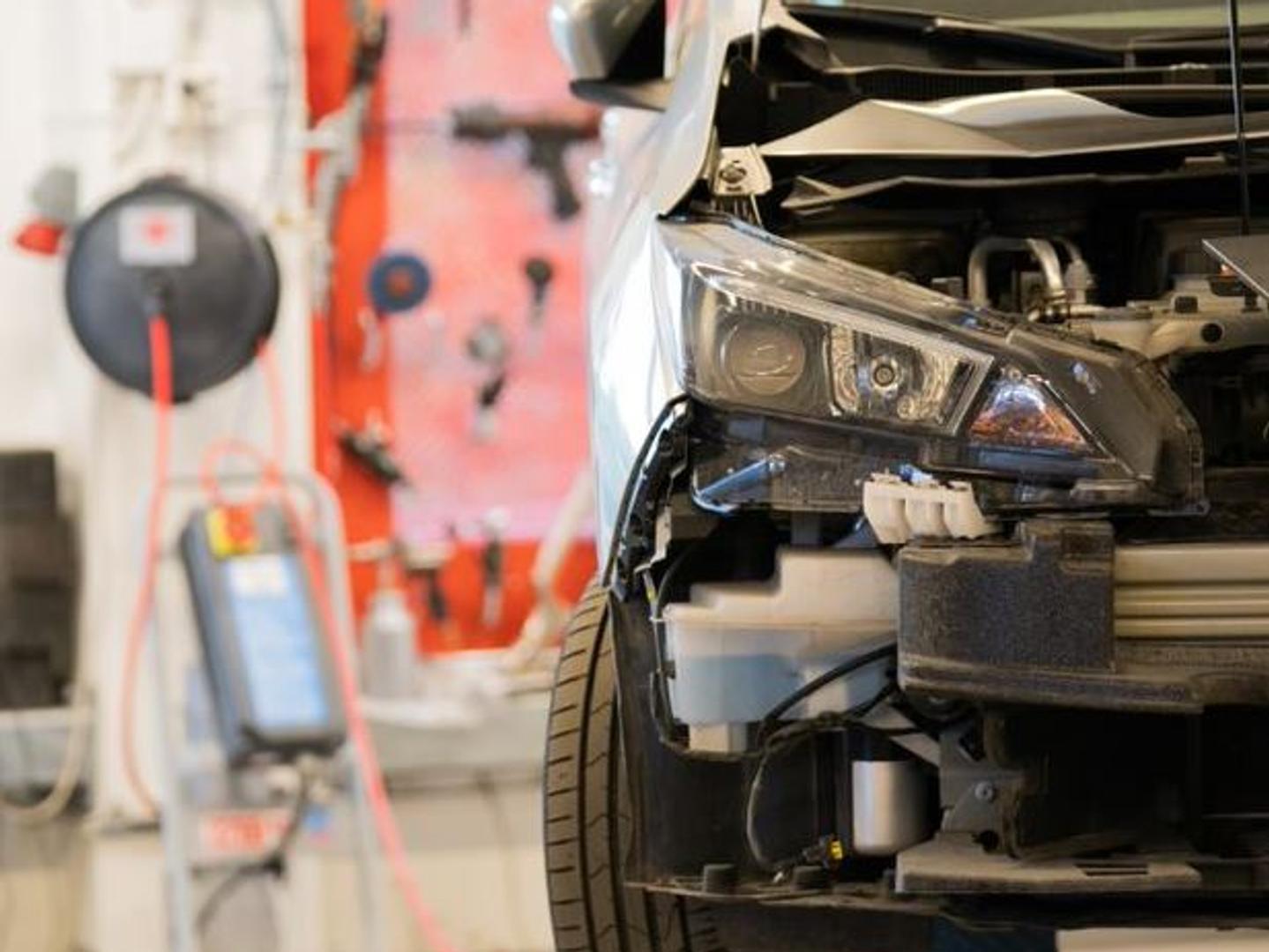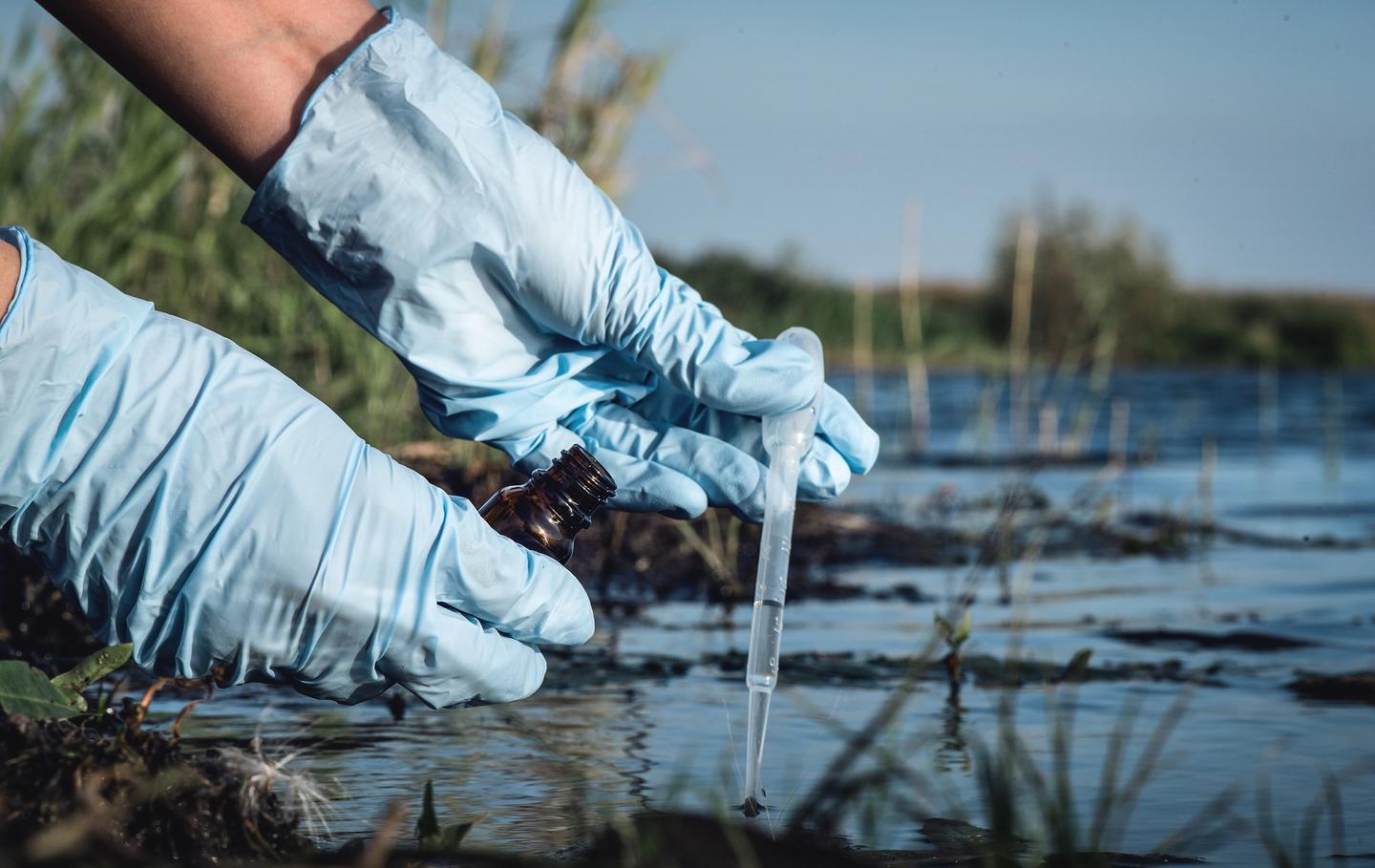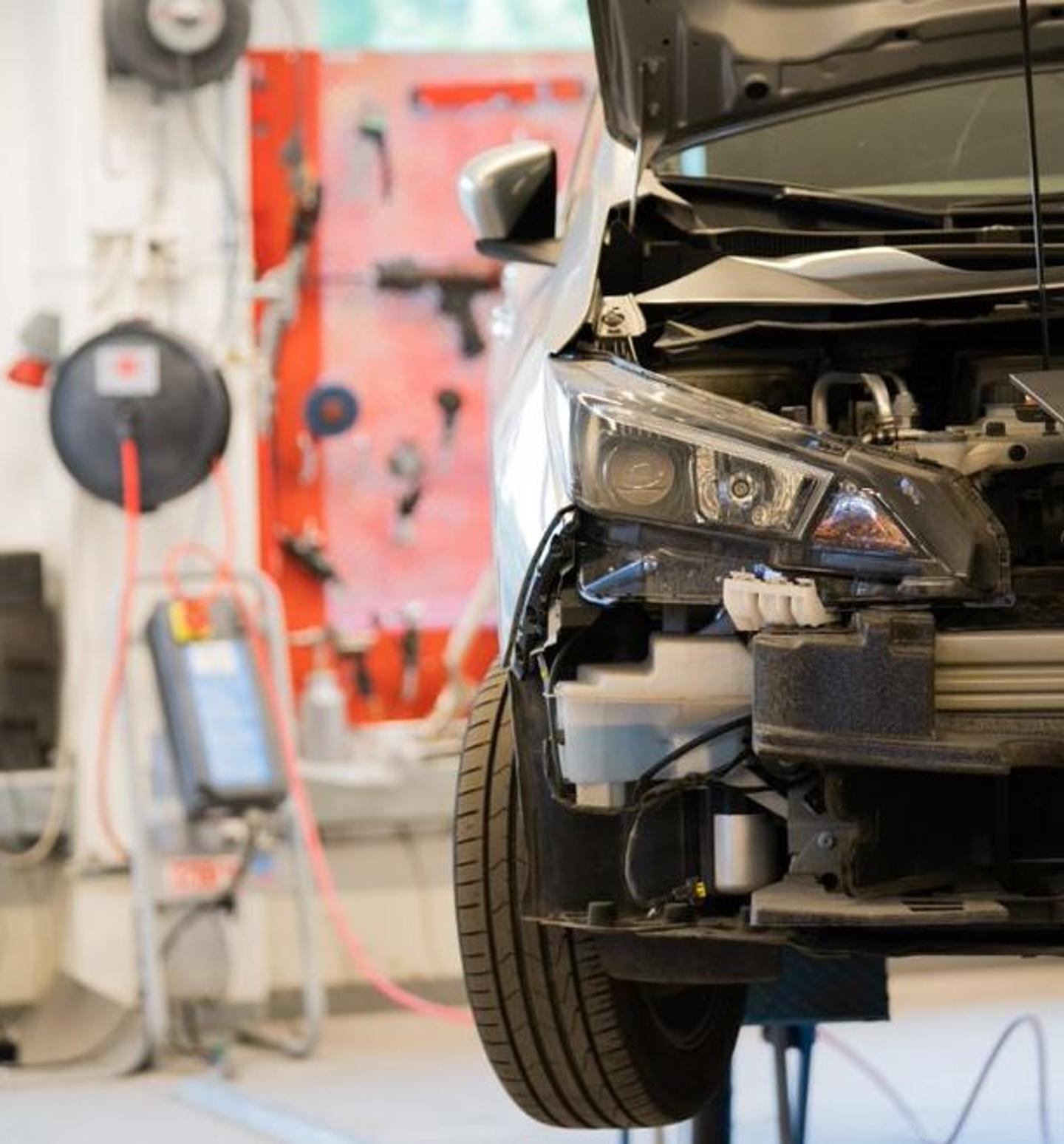Greenhouse Gas Emissions and Transition Plan
Our work to reduce greenhouse gas emissions
We use our position in non-life insurance to promote risk prevention and encourage more climate friendly choices in claims processes and across our value chain.
Emissions reduction
Our largest emissions arise in the value chain – especially in claims processes, where material use and thirdparty services carry a significant footprint. Other major sources are our investment portfolio (financed emissions) and the use of insured assets (insurance associated emissions).
We aim to reduce emissions across all major categories, while prioritising claims handling, where our influence is greatest. We are already seeing positive results in property claims, motor repairs, and highimpact consumer goods such as electronics. We are also cutting emissions from our own operations through targeted measures.
Climate Transition Plan and Targets
Fremtind’s goal is to reach net zero by 2050 in line with the Paris Agreement. Our Climate Transition PlanEkstern lenke shows the expected trajectory for emissions in our own operations and value chain. It also addresses physical climate risk and transition risk, and how we manage these to ensure the resilience of our business model and strategy.
Circular Economy and Emissions Cuts in Claims
The material and GHG footprint associated with reinstatement after a claim is significant. We therefore encourage customers to repair or reuse materials and products rather than replace them with new. We do this by shaping claims processes and through dialogue with distributors, suppliers and customers.
We motivate customers and partners to prioritise repair and reuse over replacement, with a target of 15 % reclaimed parts in motor claims by 2030. This reduces material consumption while maintaining customer satisfaction.
Emissions in Customer Portfolios (Insurance associated emissions)
Together with our distributors, we are building insight into emissions in the customer portfolio and how, as an insurer, we can support the economy-wide transition.
Emissions in Investment Portfolios (Financed emissions)
We monitor GHG emissions from investee companies (listed equities and corporate bonds) and set a clear direction of travel. We also take a long-term view of our property portfolio, with continuous refurbishment based on lifecycle analyses, and we have environmental certification (ISO) of property operations.
Emissions from Our Own Operations
Our internal actions – reflecting our role as a responsible company – cover energy and material use and climate-positive choices in day-to-day operations and governance. Examples include waste sorting, energy efficiency investments in office buildings, responsible water use and upgrades with watersaving equipment, and lower travel emissions through increased use of digital solutions for meetings and inspections, supported by a clear travel policy.



